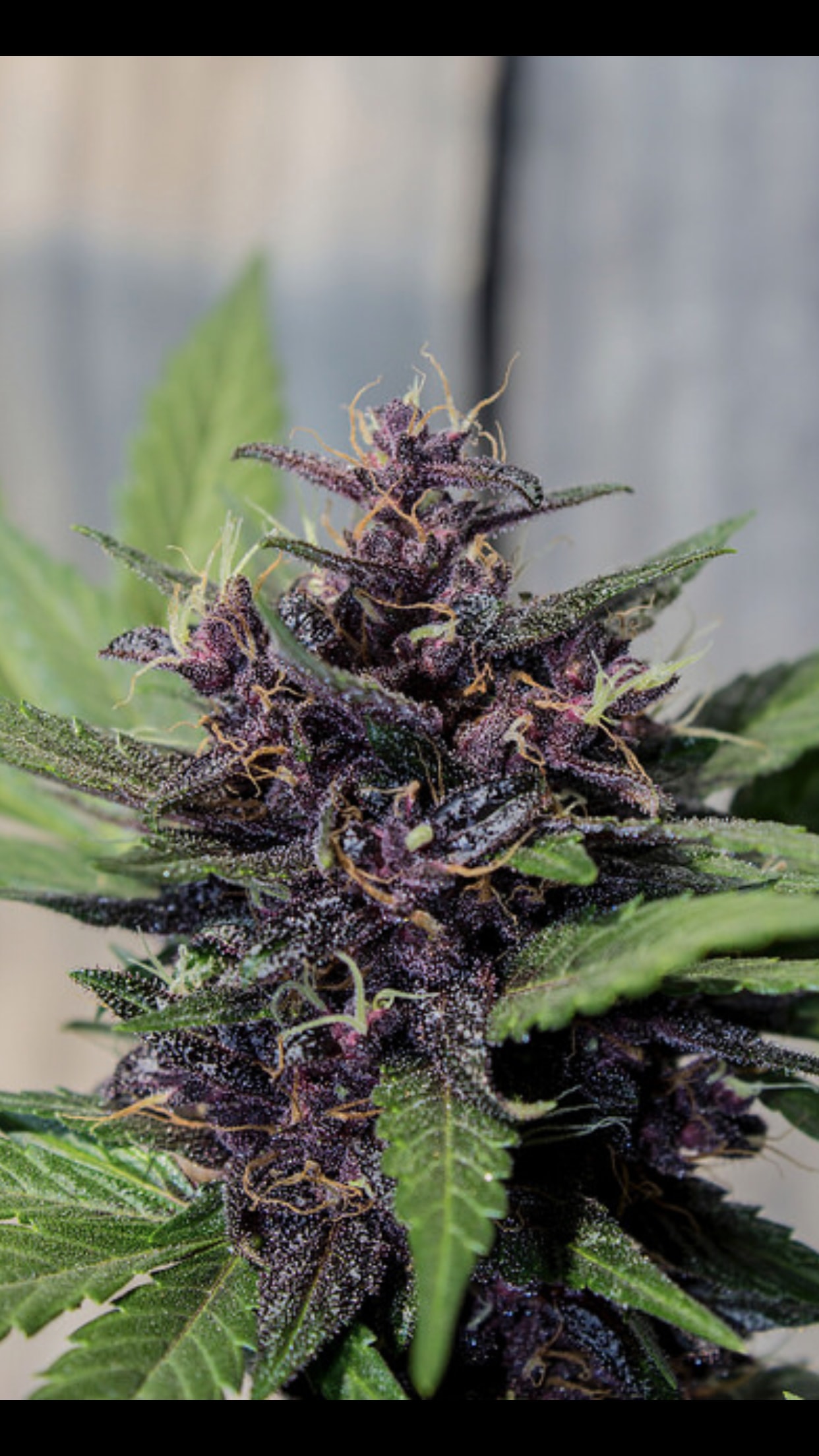
Cannabis originated thousands of years ago in Asia, and has since found its way to many regions of the world, eventually spreading to the Americas and the United States.
For the most part, it was widely used for medicine and spiritual purposes," during pre-modern times, For example, the Vikings and medieval Germans used cannabis for relieving pain during childbirth and for toothaches. Cannabis plants are believed to have evolved on the steppes of Central Asia, specifically in the regions that are now Mongolia and southern Siberia.
The history of cannabis use goes back as far as 12,000 years. Some of the tombs of noble people buried in Xinjiang region of China and Siberia around 2500 B.C. have included large quantities of mummified psychoactive marijuana. Both hemp and marijuana were used widely in ancient China.
The first record of the drug's medicinal use dates to 4000 B.C. From China, coastal farmers brought pot to Korea about 2000 B.C. then on to the South Asian subcontinent. Cannabis hit the Middle East between 2000 B.C. and 1400 B.C. and from there to southeast Russia,Ukraine,Germany,and on to Britain during the 5th century.
Cannabis seeds have also been found in the remains of Viking ships dating to the mid-ninth century. Cannabis finally came to the United States at the beginning of the 20th century. It arrived in the southwest United States from Mexico, with fleeing immigrants. "Many early prejudices against marijuana were thinly veiled racist fears of its smokers, "Mexicans were frequently blamed for smoking marijuana, property crimes, seducing children and engaging in murderous sprees."
Americans laws never recognized the difference between Cannabis sativa L. and Cannabis sativa. The plant was first outlawed in Utah in 1915, and by 1931 it was illegal in 29 states. In 1937, the Marijuana Tax Act put cannabis under the regulation of the Drug Enforcement Agency, criminalizing possession of the plant throughout the country. "Today, the US federal government still classifies marijuana as a Schedule I controlled substance, along with heroin and LSD, indicating it has high potential for abuse and addiction, no accepted medical uses and no safe level of use."
As of early 2018, Nine states — Alaska, California, Colorado, Maine, Massachusetts, Nevada, Oregon, Vermont and Washington — plus the District of Columbia allow recreational sales of marijuana. Another 21 states allow only some form of medical marijuana and 16 allow a lesser medical marijuana extract.
